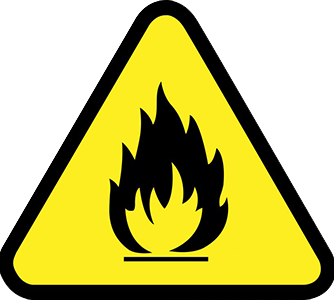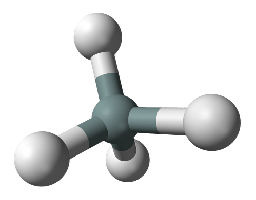Silane (SiH4) is a colourless, flammable gas with a sharp, repulsive smell similar to that of acetic acid. It is pyrophoric gas meaning it can spontaneously combust and has a a wide flammable range 1.37 to 96% in air.
The greatest hazard of SiH4 is its unpredictable behaviour when released to the air with either delayed ignition, immediate ignition or no ignition. Most accidents occur due to ignitions/explosions caused by poor process handling and the pyrophoric nature of Silane. Changes in cylinder pressure, flow rate, confinement area, humidity, impingement on objects, etc. can cause ignition.
Example Incidents Involving Silane:
Taiwan, SiH4 Explosion, Nov. 23, 2005: During a cylinder change SiH4 was released from a full cylinder un-ignited. The metastable mixture ignited, fatally injuring the operator and rupturing the cabinet. Other silane and Ammonia cylinders in the gas room also started to release their contents causing a major incident. In some processes Nitrous Oxide is reacted with Silane to form a Silicon Nitride layer.
In two cases, Nitrous Oxide accidentally back-flowed into a Silane cylinder forming a metastable mixture. They reacted when the cylinder valve was opened causing adiabatic compression heat. In the Gollub incident 3 people were killed and 1 severely injured. At Osaka University 2 were killed and 6 injured.
Application Uses of Silane:
It is of practical interest as a precursor to elemental silicon. Several industrial and medical applications exist for silane and functionalised silanes. For instance, its used as coupling agents to adhere fibres such as glass fibres and carbon fibres to certain polymer matrices, stabilising the composite material. In other words, SiH4 coats the glass fibres to create better adhesion to the polymer matrix.
Silanes applications include:
- water repellents
- Bio-inert layer on titanium implants
- masonry protection
- control of graffiti
- applying polycrystalline silicon layers on silicon wafers when manufacturing semiconductors
- and sealants
The semiconductor industry used about 300 metric tons per year of Silane in the late 1990s. More recently, a growth in low-cost solar photovoltaic module manufacturing has led to substantial consumption of Silane as part of the production process.













